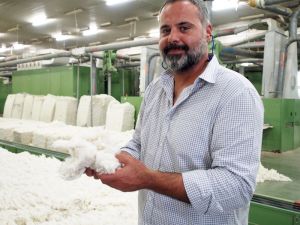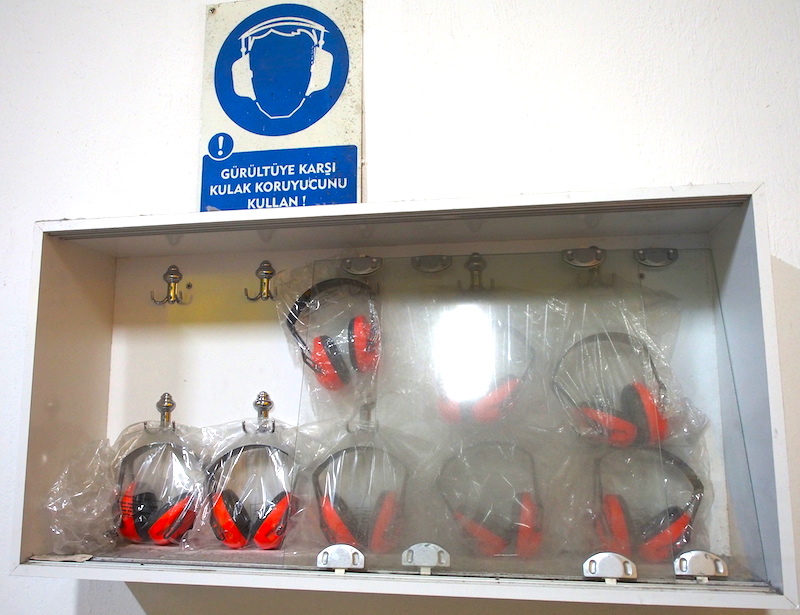What does “made fair-trade in Banja Luka” mean? We asked Emir, the director of the manufacture that produces our gis:
Is your company fair-trade certified?
The company is not fair-trade certified for various reasons: One is that the certifying organisations are not established in Bosnia & Herzegowina (BiH). Fairtrade for instance has a seat in Macedonia, but not in Bosnia. Some organisations such as fairwear.org certify brands and not the manufactures. To fill this gap, we offer a maximum transparency: for example, the designers are welcome to visit the company whenever they want, even without telling ahead.
Do you offer written work contracts?
When we look for a new employee, we start with a test period to check the abilities and if the new employee fits well into the team. In our company, each seamstress produces a piece from the beginning to the end. It’s not like in a factory where they would do only one part all day long. Thus they need some more capacities. After 10-14 days, they receive a written contract for 3 or 6 months. Some employees have long-term contracts.
You need to know that Bosnia is a corrupt country. As the law system doesn’t work properly, a trust relation with the employees is key for a successful business. One important element is that we pay the wages regularly, on the 10th day of each month. The wages in our company are about 20% higher than in comparable companies, around 300-600 EUR per month. The bus tickets are also paid by the company. In 2016, we could even pay a bonus of 50 EUR before the summer holidays.
What are the working hours?
Working hours are from 7:00 to 15:00. This is business as usual for the sector. Two breaks are included. The ladies decided to take them at 11:0 and at 13:00. We would like to offer them a hot lunch meal, but we can’t yet. The ladies are happy to spend a part of the afternoon taking care of their children or of their garden. Tending for food is an important complement to their revenue. The children go to school in the morning for two weeks, and then in the afternoon for the following two weeks. We wish to adopt a two-layer rhythm as well.
What about over-hours?
High peaks challenged our company in 2015 and made over-hours unavoidable. The last bus departure is at 15:30 and doesn’t allow for over-hours on workdays. But the ladies are very committed and come to atelier on Saturdays during peak times. They want to finish the garments in time. They can compensate by taking days off during less busy weeks. The support by the employees impressed us especially in 2014, when the river flooded the region. The employees rushed to the workshop to help before taking care of their own flooded homes. To reduce peak times in the future, we are orienting towards no-fashion-labels and continuous collections such as Misogi Dogi. The customers can also contribute to diminish peaks by allowing for a longer delivery time.
How much holidays can the employees take off?
There are two weeks of company holidays in august. One reason is the high temperatures, reaching 38°C+. This is too hot to work in the workshops. Beyond this, the employees take off during religious holidays depending on their faith. Once, this led to the curious situation that one employe was alone at work for several days in January while all her colleagues were celebrating sacred holidays.
What about social security?
The social security charges are rather low: 30%. They cover health insurance and a pension fund. Women have a right to 18 months paid maternity leave. However, the countries finances are ailing, and the services accordingly.
What would you like to do to make your company more sustainable?
Electric power is very expensive in Bosnia. We wish to install solar panels and LED lamps. We also would like to buy new glasses for Anka, our master seamstress.
Thank you!
(Zurich, July 2016)

